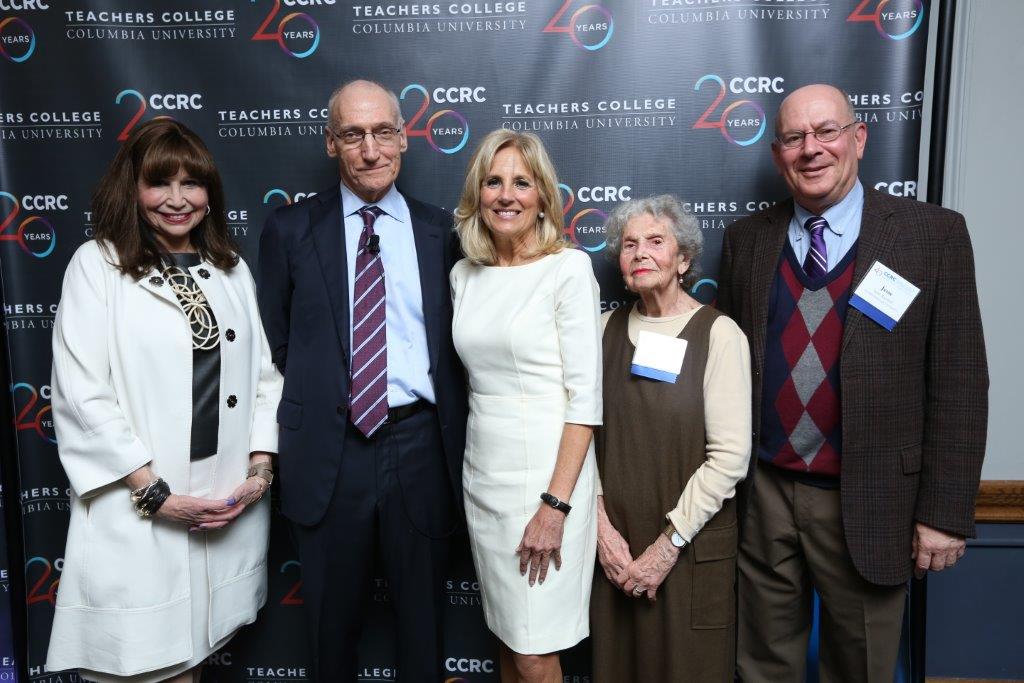“The Shrinking Footprint of American Meat” by Iddo Wernick and Jesse Ausubel is published by The Breakthrough Institute. We estimate that between 1969 and 2014 the amount of cropland used for raising land meat for Americans fell by nearly a third: around 9 million acres, about the size of Maryland. The data used for the calculation can be found here.
Using different Feed Conversion Ratios (FCRs) for the calculation yields different results for the amount of cropland used (or spared). For a detailed discussion of the factors involved in converting animal feed into animal live weight and edible meat, see Smil, Vaclav, 2013, Should We Eat Meat? Evolution and Consequences of Modern Carnivory, Wiley-Blackwell.



